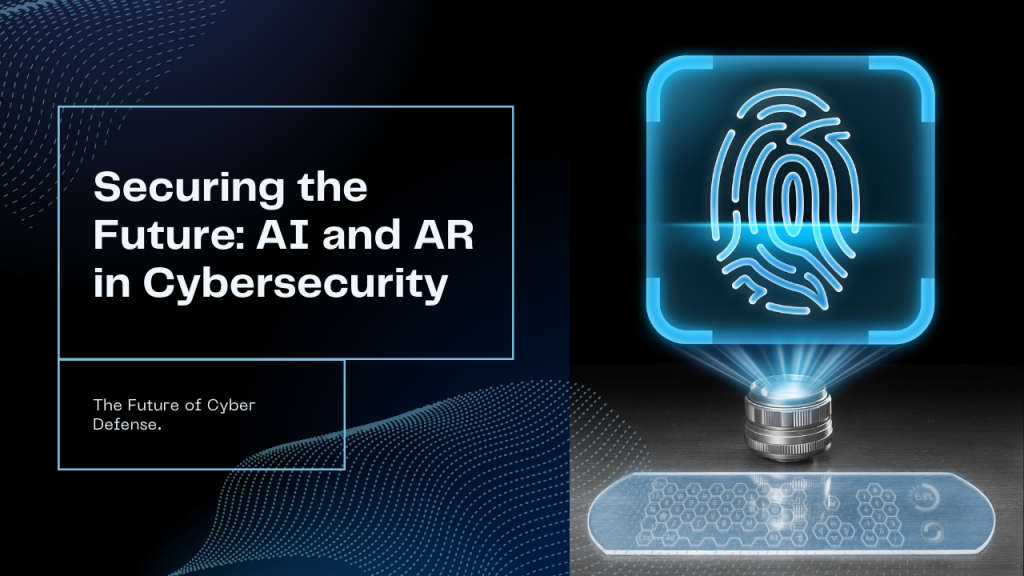The combination of augmented reality (AR) and artificial intelligence (AI) offers optimism in the rapidly changing field of cybersecurity, as it has the potential to completely transform how we defend digital assets and counteract cyberattacks. This convergence of cutting-edge technologies gives cybersecurity experts greater capabilities and gives enterprises the ability to proactively defend against ever-more-sophisticated threats.
Artificial intelligence is a key component of contemporary cybersecurity defenses because of its quick data analysis and pattern detection abilities. Massive data sets may be combed through in real time by AI-powered systems, which can then spot anomalies and possible dangers that could defy conventional security procedures.
Artificial intelligence (AI) algorithms help organizations stay ahead of cyber adversaries by continuously learning from prior occurrences and adapting to new attack vectors. This strengthens the organizations’ resilience against emerging threats.
By offering user-friendly interfaces for comprehending and visualizing intricate digital environments, augmented reality brings a new level of complexity to cybersecurity operations. Cybersecurity experts can better understand network infrastructures, spot vulnerabilities, and plan response tactics with never-before-seen accuracy thanks to AR-enhanced simulations and overlays. AR technologies improve situational awareness and reaction capabilities by streamlining cybersecurity operations by bridging the gap between digital information and physical settings.
Moreover, cybersecurity teams can refine their abilities and practice real-world scenarios in immersive training environments made possible by the combination of AI and AR. Organizations can educate their staff to respond to cyber disasters more skillfully, reducing downtime and averting any damage to vital systems, by utilizing AI-generated threat simulations within AR settings.
However, it is crucial to address ethical, privacy, and legal concerns as firms adopt AI and AR technology for cybersecurity objectives. It is imperative to build comprehensive governance frameworks that guarantee the responsible and ethical utilization of new technologies, while also protecting the rights of persons and maintaining data privacy.
To sum up, the amalgamation of Artificial Intelligence and Augmented Reality signifies a revolutionary turn in the field of cybersecurity, providing innovative approaches to counteract ever changing cyber risks.
By harnessing the power of AI-driven analytics and AR-enhanced visualization, organizations can secure their digital futures and pave the way for a safer and more resilient cyber landscape.


